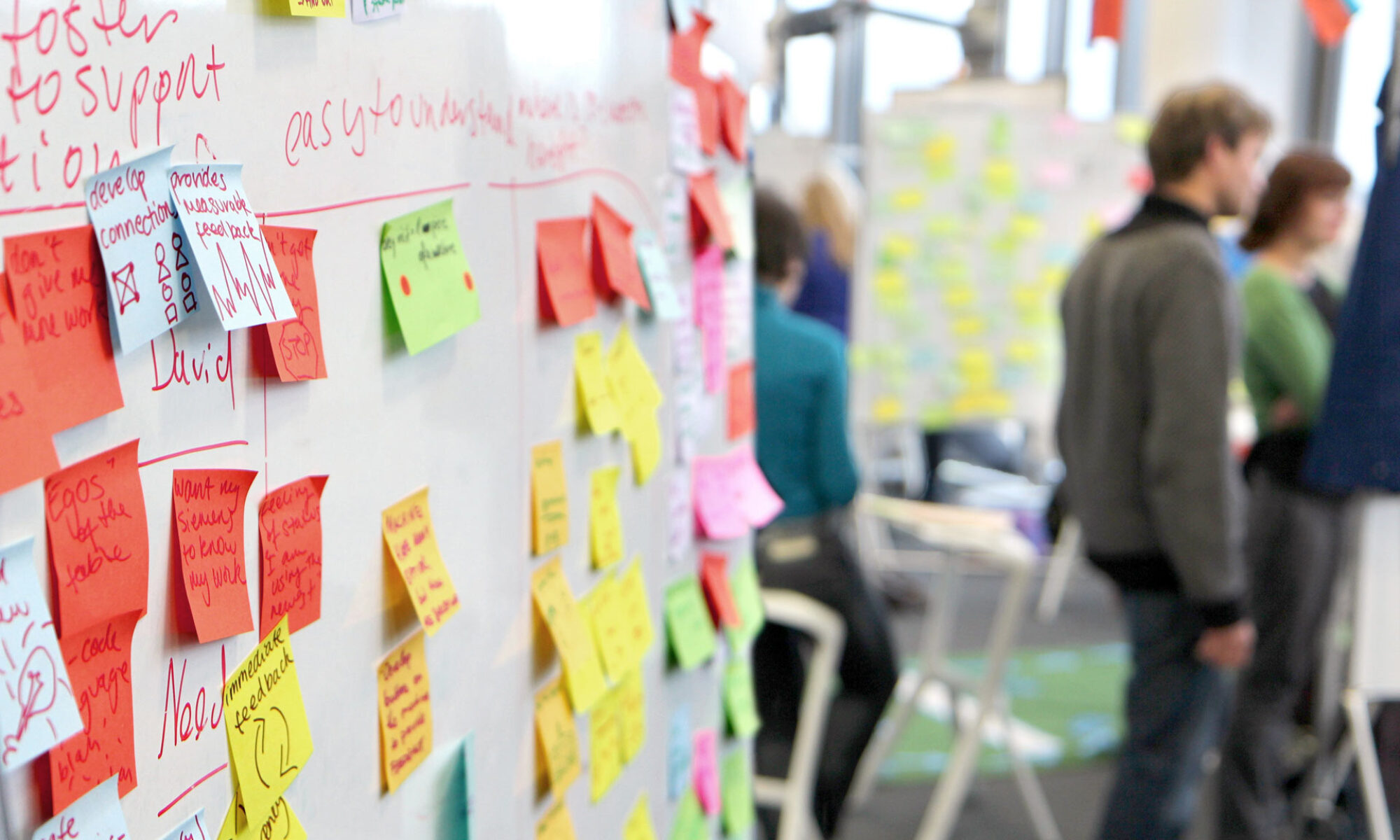I talk a fair bit about designing for the “best experience” and supporting fluffy concepts like “flow“, but only a lucky few of us live in a world where we can actually do that. For the rest of us, there are always limitations–both human (e.g. office politics, leadership mandates, etc.) and system (e.g. time or business constraints)–that prevent us from being able to actually create those experiences.
So that means you have to do one of two things:
- Design only what you can realistically build right now
- Design the best experience and then scale that back to something that viable
